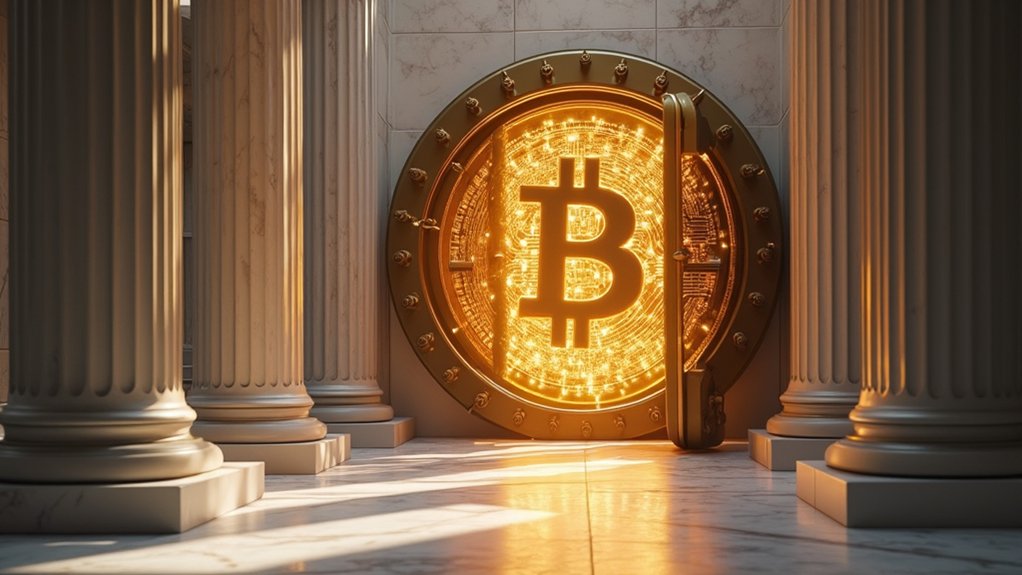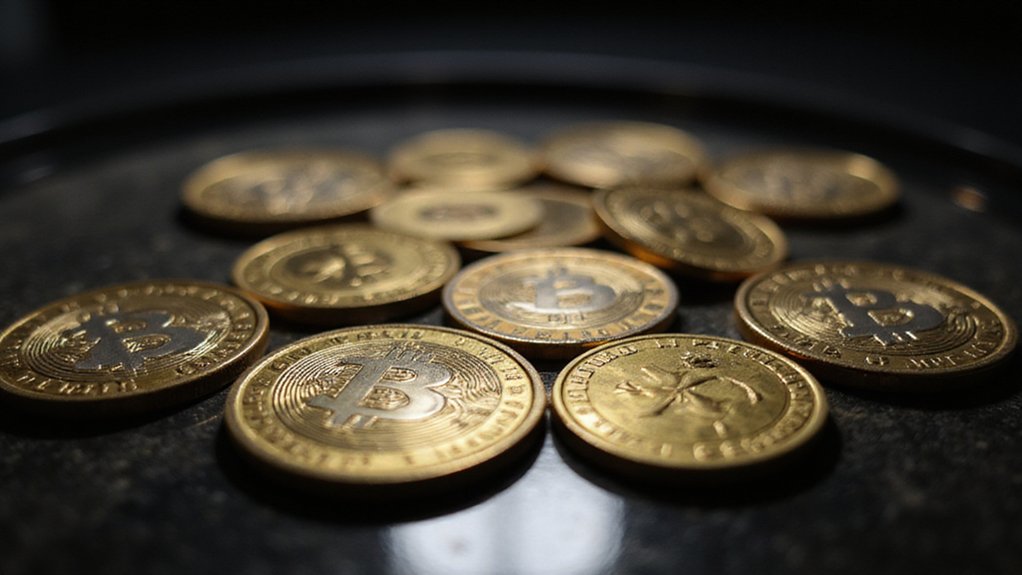The numbers tell a compelling story of maturation: a market capitalization hovering around $3.4 trillion (having touched $3.8 trillion in December) represents genuine institutional participation rather than retail FOMO. This isn’t your nephew’s speculative gambling; nearly half of U.S. crypto holders now prioritize security and anti-fraud measures over quick gains, while 92% express optimism about blockchain’s capacity to modernize economic infrastructure.
Perhaps most intriguingly, the convergence of artificial intelligence and decentralized finance has created investment opportunities that transcend traditional asset categories. AI-driven protocols now automate complex on-chain processes, while decentralized AI agents optimize everything from trading algorithms to fraud detection—developments that make previous concerns about “tulip mania” appear quaint. The AI token market explosion from $2.7 billion to over $39 billion demonstrates how blockchain protocols are becoming the backbone for decentralized AI services.
The marriage of AI and DeFi has birthed investment categories that render historical bubble comparisons obsolete.
The regulatory landscape has shifted dramatically, with the SEC potentially introducing DeFi innovation exemptions that could release substantial capital flows into blue-chip protocols like Aave and Uniswap. Meanwhile, real-world asset tokenization is transforming illiquid investments (real estate, art, intellectual property) into tradeable digital securities, effectively democratizing markets previously reserved for institutional players. Regulatory sandboxes now provide controlled environments where financial institutions can test blockchain innovations under proper oversight before full market deployment. Stablecoins now facilitate 1 billion transactions annually while transferring over $8 trillion in value, demonstrating their critical role in the global financial infrastructure.
Bitcoin’s strengthening dominance relative to altcoins mirrors patterns from previous bull runs, suggesting the foundational infrastructure necessary for broader adoption has solidified. The fact that 55% of crypto holders monitor digital asset markets more frequently than traditional equities indicates a fundamental shift in investor attention—and capital allocation.
For businesses contemplating blockchain integration, the current environment offers unprecedented regulatory clarity coupled with mature technological infrastructure. The question isn’t whether to engage with this ecosystem, but rather how quickly one can position for the inevitable expansion of decentralized financial rails that are rapidly becoming integral to global commerce.









